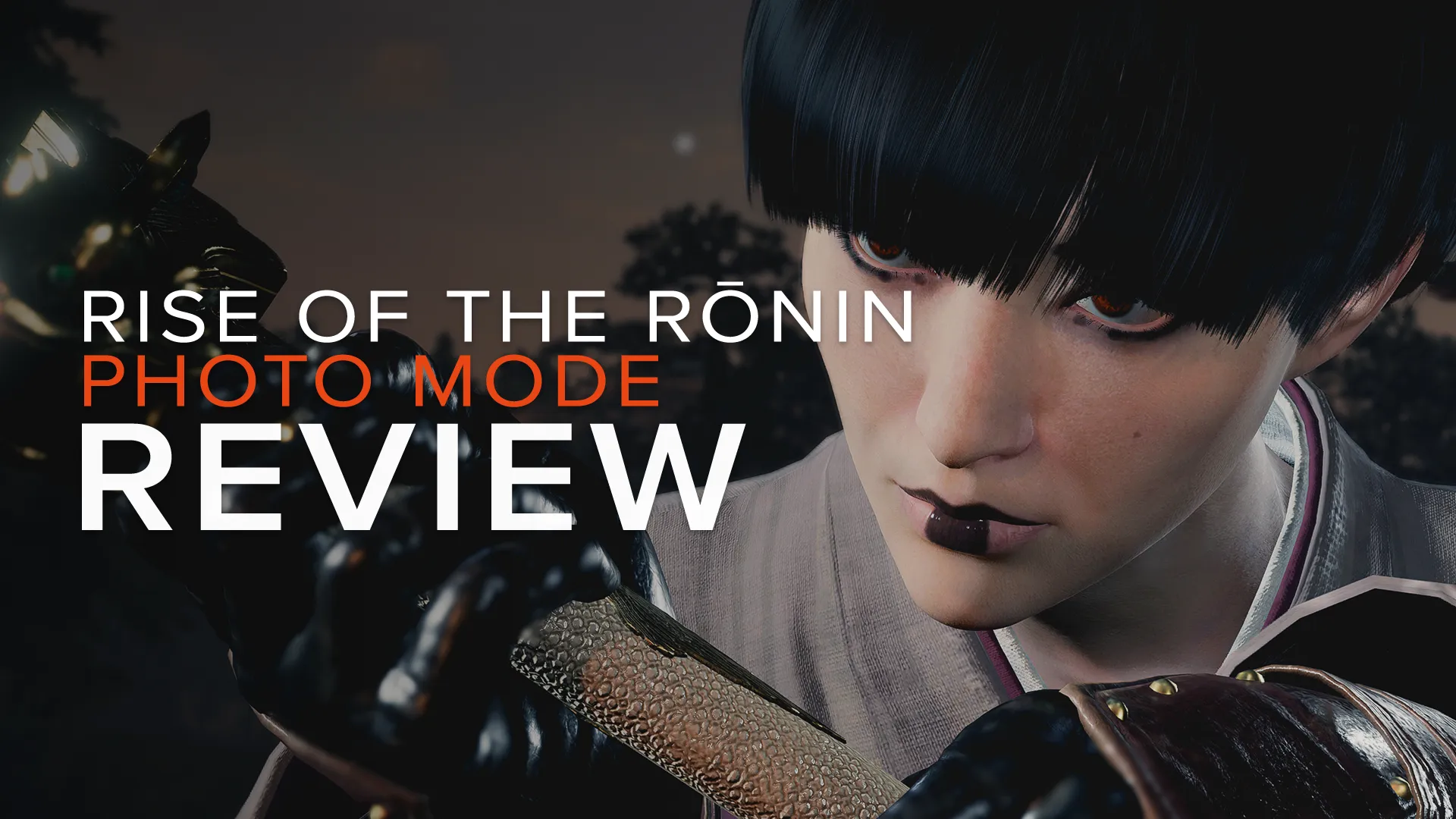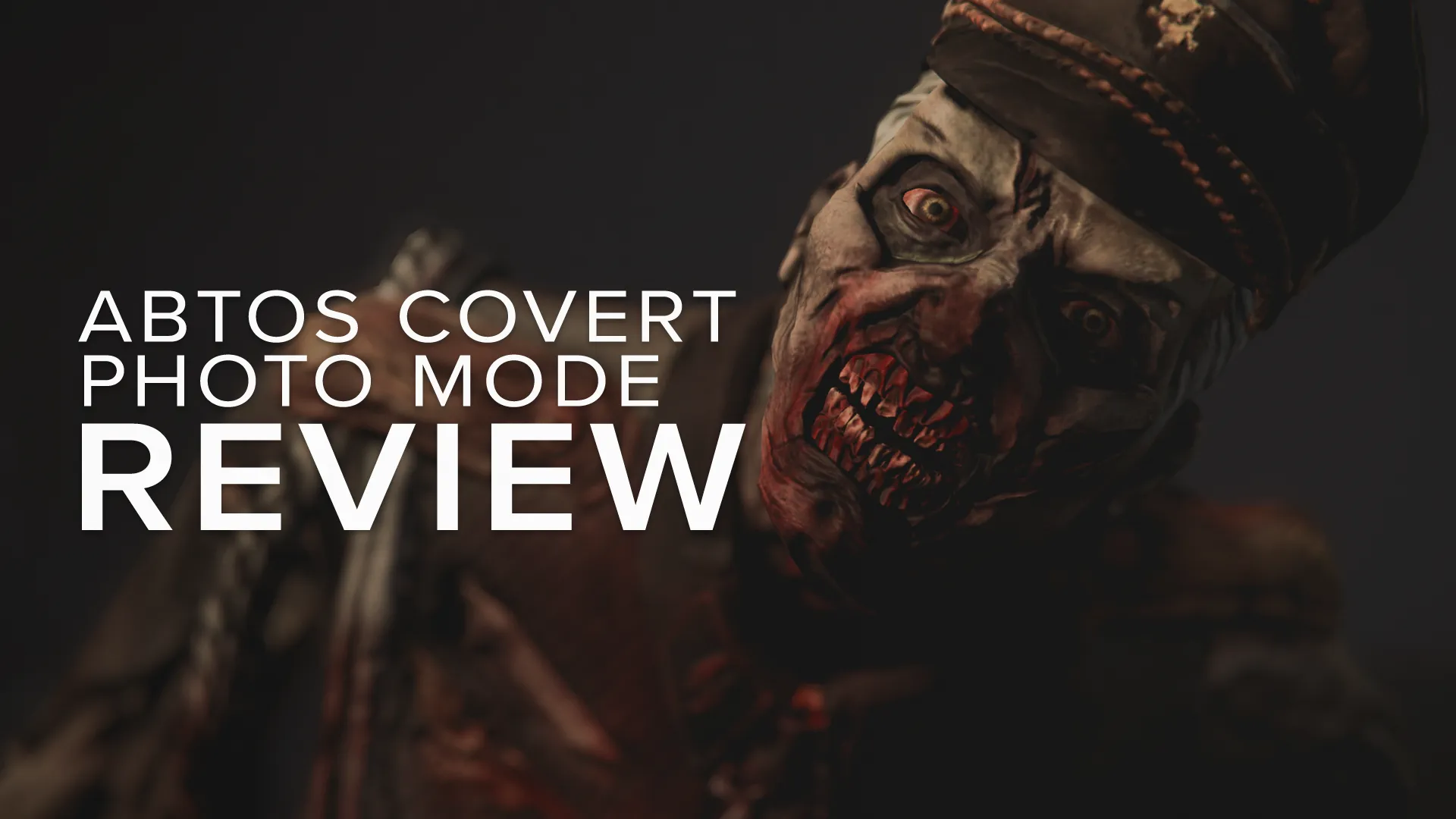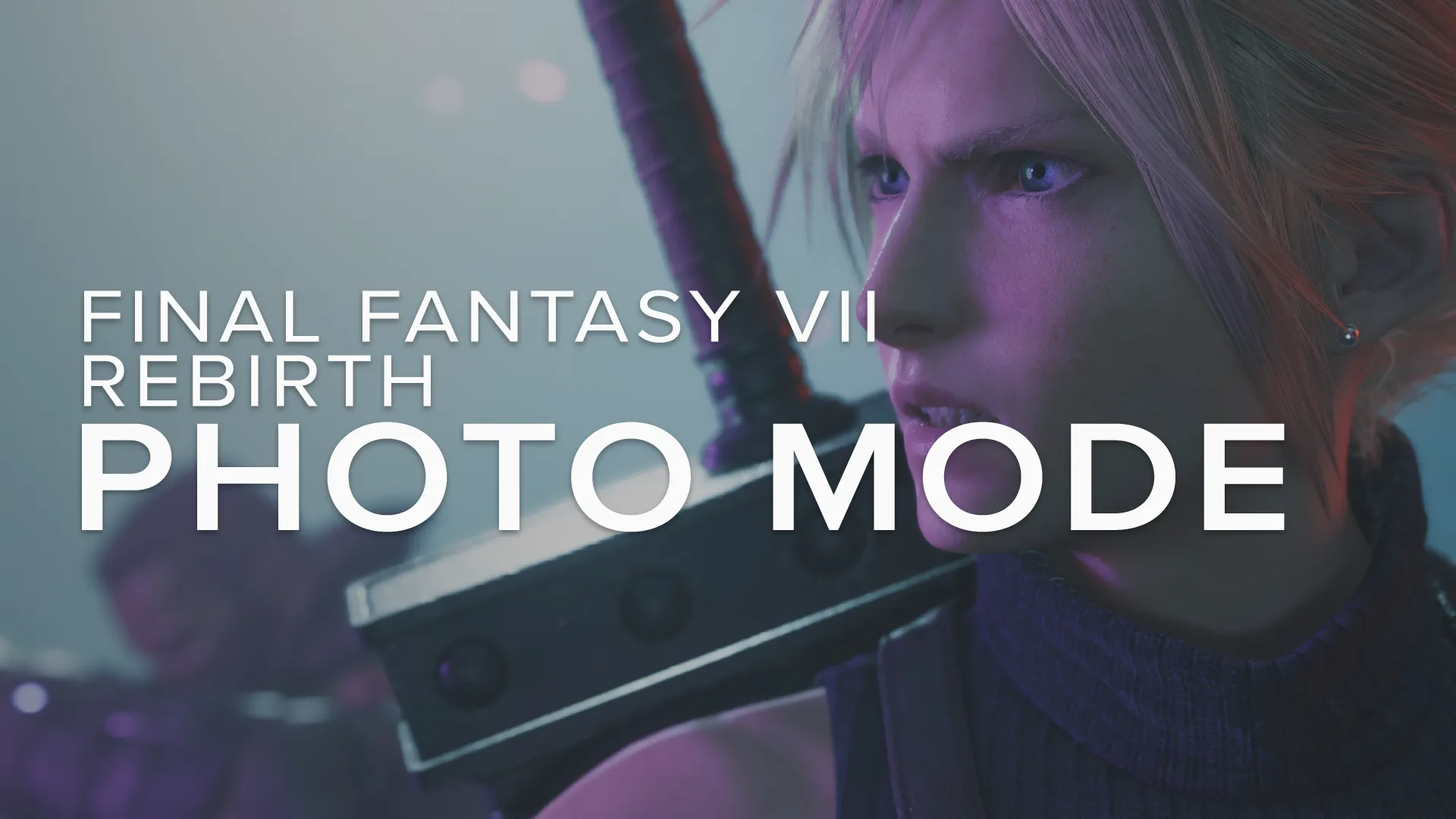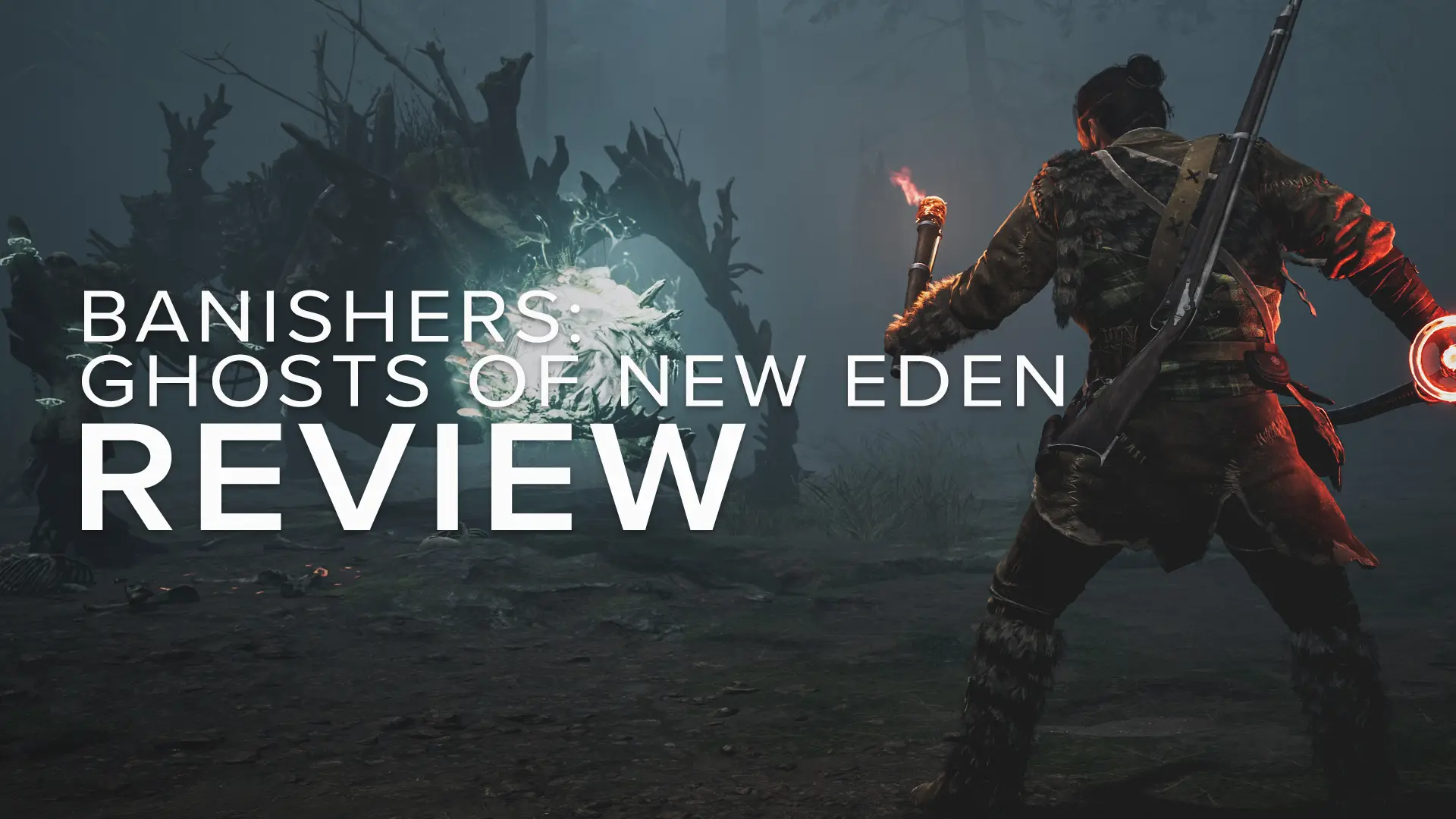
There can be little denying the increase in popularity that virtual photography has enjoyed amongst video game players in recent years, with photo modes getting more attention than ever before, but it is also now becoming an established art form that is recognised across other creative disciplines. Much more than the promotional tool from which it grew, virtual photography fosters just as much creativity and artistic expression as its real-life counterpart, and is undoubtedly an important part of the future of the gaming industry.
It's a great pleasure then to be able to chat to someone with experience from both sides, the influential and highly-acclaimed urban photographer, Liam Wong. Once the youngest art director at Ubisoft and highlighted in the 2017 Forbes 30 Under 30 list, Liam is now well known for his neon-noir and cyberpunk-inspired photography series, 'Tokyo Nights (TO:KY:OO)’, and recently sat on the executive judging panel for The VP Awards. Let's find out more about him then and how virtual photography appears in the eyes of a successful artist.

- TOKYO NIGHTS // LIAM WONG -
Thanks for joining me Liam; first of all, tell me a bit about yourself and what influences have helped get you to where you are now:
I'm born and raised in Scotland and lived a stone's throw from Rockstar North, developers of Grand Theft Auto, so I feel it was inevitable for me to become interested in video games. Funnily enough, it was The Sims which got me interested in digital art and that then led to me making graphics, banners and my own videos for games like Counter-Strike and World of Warcraft. That passion kept me going into university where I made my first game.
After graduating, I worked on the Crysis series as a Lead 2D Artist and then a couple of years after I became Art Director at Ubisoft Montreal, working on Far Cry. In parallel with video games I became interested in photography.

- NEO TOKYO // LIAM WONG -
Photography seems to have been a later interest for you then, and yet you are now best known for your TO:KY:OO series. Those photographs have become a hugely successful art book with words from the likes of Hideo Kojima and Syd Mead; what do you think has been the secret to that success?
I would say my background and expertise in video games is what helped me enormously. I always felt photography had to be a certain way, that everything had to be 'as is'. The moment I began seeing photography as art was where it became interesting for me. Developing a photographic style, with my experience of building artistic styles for video games became my passion project.
TO:KY:OO - A PHOTOGRAPHIC, CYBERPUNK-INSPIRED
EXPLORATION OF NOCTURNAL TOKYO
Having only bought a camera in 2015, that still gave you a lot to learn, what techniques did you have to master in that time to help your urban photography style?
When I started I was an absolute newb, barely knowing how to manage all of the different settings. After my work picked up, I asked people at work for their advice and tips - friends who had been shooting for years. We would go out at lunch time and practice different techniques and ways of capturing images from landscape, to street, to macro. Ever since then, I often gather other photographers in different cities to roam the streets. You always learn faster when working with other people, especially seeing how they work.
You mentioned that you practice other styles of photography, what is your favourite shot that is not part of the TO:KY:OO series?
I began learning more about portraiture in the last year - it's something I'd like to spend more time doing. My favourite shot would be of Pom Klementieff (Guardians of the Galaxy), or perhaps one I took with Hideo Kojima...

The shot of Pom Klementieff really stands out to me too, it has an ethereal quality to it, though there is no doubt that seeing Kojima-san is something that will always resonate with gamers.
As a former art director in the game industry then, when did you first become aware of capture art, or virtual photography as it is now popularly known?
I worked on a lot of screenshots for marketing purposes over the years and also worked with capture artists. I would say the first time I was made aware of it in a professional environment would be on Crysis - where they had outsourced some screenshots and I was reviewing them.
On Far Cry, I pushed to add the toggle UI option at the time on the camera. I always wondered why a game which had a camera (for spotting enemies) as a feature - didn't in fact have a functional camera. A programmer implemented it in about 5 minutes and at the time it meant a lot of screenshots and videos were made by the community since.

- inFAMOUS // THEFOURTHFOCUS -
I guess you deserve a little credit for helping to nurture the development of virtual photography then. Would you say that modern photo modes can be used to photograph in-game environments in the same way you would take shots in the real world?
Absolutely - open world games are becoming incredibly detailed and people deserve to see the smaller details that developers are working hard to create whether it's from artists, designers or programmers.
What's your favourite virtual city?
I can't pick just one but these are the ones that come to my mind:
Los Angeles, L.A. Noire.
Kamurocho, Yakuza series.
Seattle, Infamous Second Son.
What do you think are the most important things for anyone looking to improve their urban photography, whether real or virtual?
To me there are three components which make up an image: content, composition and colour.
Content: Always think about what is in your frame and more importantly, what to leave out. I'm inspired a lot by film and so I try to achieve a level of clarity and simplicity in my shots which means waiting for the right moment.
Composition: My main advice is to turn on a grid overlay on your camera or your phone or your computer and make very conscious decisions about where the content is placed.

- TOKYO AFTER DARK / RAIN // LIAM WONG -
Colour: Lighting will make or break your image and so it helps to find strong and interesting light sources and pay attention to how the light is bouncing. If there isn't enough, then find a way to introduce light.
Outside of those, experiment a lot and don't be afraid to mix it up and try different approaches. Sometimes looking through the world with a different lens is all it takes to find new inspiration.
Finally, you have recently been involved in judging The VP Awards as well as selecting shots for 'The PhotoMode' Magazine. Have you been impressed by the standard of work you see from virtual photographers and have you been inspired to start any new projects yourself?
Absolutely - it's always amazing to see what people can capture - and in most cases, better than the developers themselves.
In the last few years I think it is amazing that so many development teams are investing time into photo modes. We are in a period of time where not many people can travel and so virtual tourism (and photography) has been an escape for many of us.
The standard of work from the virtual photography community is impressive but I think there is still a long way to go for developers to bring the level of features that are necessary to really capture these worlds and I hope more teams will invest in their future releases.
I'm definitely going to be capturing more in-game photographs - Cyberpunk 2077 is first on my list.
It has been really wonderful to hear your enthusiasm for all kinds of photography, thank you so much for talking to me Liam, is there anything else you would like to add?
That wraps things up here then, thanks Liam!
I hope you have enjoyed hearing about the value of capture art from a game industry and photographic perspective, and can take some inspiration from what can be achieved with a creative motivation. For more virtual photography insight from Liam, look out for February's issue of The PhotoMode digital magazine, where he is acting as guest editor for an urban photography special.
If you enjoy Liam's work then be sure to follow him on the social media pages linked above and of course check out LiamWong.com where you can find exclusive art prints and more.
Subscribe to the fortnightly newsletter for all the latest features from TheFourthFocus.com












